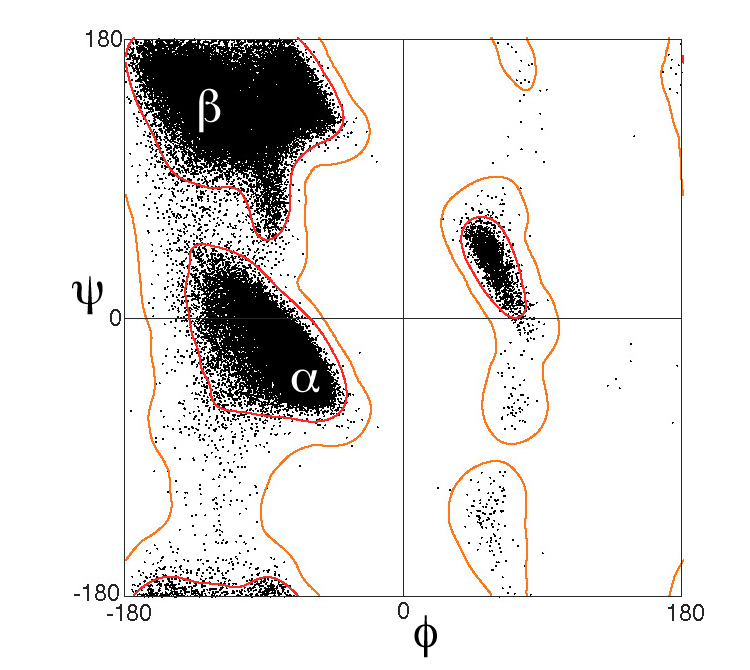In our recent research, we delved into the amino acid composition of protein sequences by applying n-gram analysis techniques. By examining the distribution of n-grams ranging from 1-gram to 11-gram, we aimed to discern underlying patterns that could be indicative of structural or functional significance.
We started with an exploration of 1-grams to understand the basic composition of our protein dataset, followed by investigating the prevalence and distribution of larger n-grams. Our analysis included evaluating the fit of these distributions against well-known statistical laws—namely, Benford's, Pareto, and Zipf's.
An intriguing pattern emerged as n-gram lengths increased. The frequency distributions began to approximate Benford's Law more closely, particularly at tetragram and pentagram levels. Beyond pentagrams, the distributions deviated, suggesting a higher level of sequence diversity and complexity.
Furthermore, we assessed how these patterns aligned with the Pareto principle. While we found that the data did not strictly adhere to the "80/20 rule", there was an interesting variation in the concentration of occurrences across different n-gram lengths.
Our approach also involved identifying sequences with anomalies such as the presence of consecutive 'X' characters, which denotes unknown or unspecified amino acids, and sequences that were unusually short or long compared to the general protein population.
As we continue to dissect these patterns, several questions arise, inviting further scrutiny and discussion within the scientific community:
- What biological insights can be inferred from the observed fit of amino acid patterns to Benford's Law, particularly for tetragrams and pentagrams?
- How might the deviations in longer n-grams inform our understanding of protein complexity and functionality?
- In what ways can the prevalence of specific n-grams guide the development of more accurate predictive models for protein function?
- What are the implications of the identified sequence anomalies for data quality and sequence annotation in protein databases?
We are eager to engage with the bioinformatics community to explore these questions and welcome any insights or collaborative ideas that can drive this research forward.
Our public notebook Testing Pareto, Benford and Zipf










Thank you professor, very insightful answer!